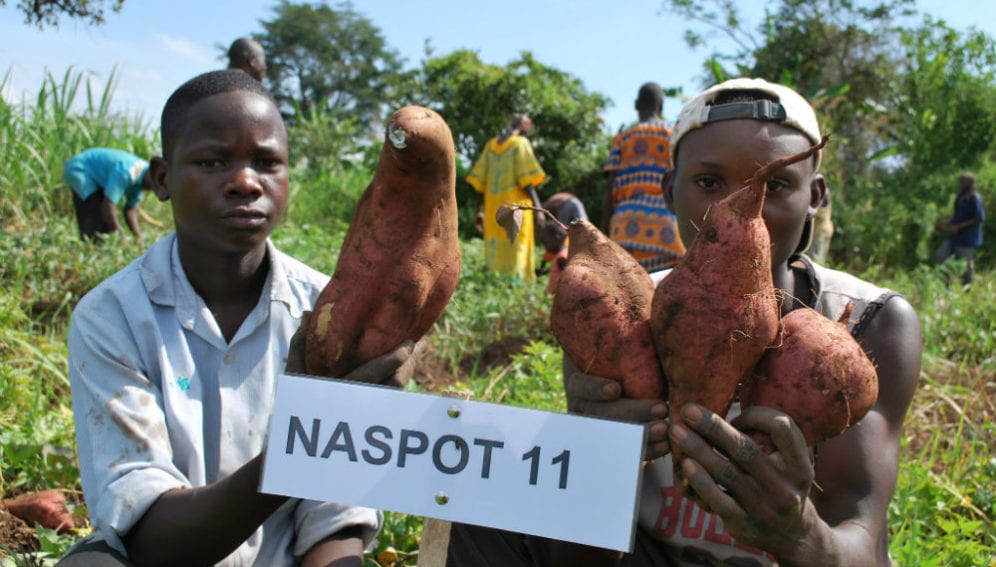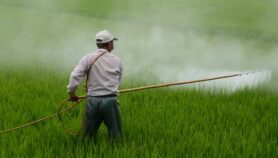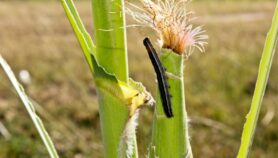By: Esther Nakkazi
Send to a friend
The details you provide on this page will not be used to send unsolicited email, and will not be sold to a 3rd party. See privacy policy.
[KAMPALA] African countries need to standardise sweet potato’s seed systems to help farmers gain maximum yields and incomes from the crop, a meeting has heard.
The meeting, known as the 7th Sweetpotato Seed Systems Community of Practice Consultation, was attended by participants from 11 countries last month (13-14 June) in Uganda.
They were from Burkina Faso, Ethiopia, Ghana, Kenya, Malawi, Mozambique, Nigeria, Rwanda, Tanzania, Uganda and Zambia.
“Scaling up sweet potato seed systems is not only about the technologies, but also about the factors which create an enabling policy environment.”
Godfrey Asea National Crops Research Resource Institute, Uganda
The participants agreed that scaling up sustainable sweet potato seed systems requires that quality seed is maintained through national seed systems and at the farmer level.
Settumba Mukasa, a lecturer and plant genetics researcher at the Makerere University in Uganda, noted that ensuring quality standards in seed inspection and certification could help farmers realise the potential yield of ten to 12 tonnes of sweet potato for every acre of land.
The meeting noted that of the 11 countries, only Ethiopia has a fully-fledged sweet potato seed system although Rwanda, Tanzania and Uganda are developing theirs as well.
“The idea of the community of practice is that each country or institutions come together once a year and exchange information,” said Margaret McEwan, senior project manager for sweet potato seed systems at International Potato Center. “People hear about something and go try it and come back with feedback.”
As members of the Sweetpotato for Profit and Health Initiative, the participating countries have a target of reaching ten million households in Sub-Saharan Africa by 2020.
“The provision of quality sweet potato seed (or planting material) is critical to this [target],” added McEwan, noting that healthy-looking vines for planting usually selected by farmers could facilitate accumulation of pests and diseases leading to significant decline in yield.
As farmers wait for the vines to re-sprout, they could also lose a month of potential growth of the crop, which ultimately affects the yield, McEwan explained.
“Scaling up sweet potato seed systems is not only about the technologies, but also about the factors which create an enabling policy environment, the social and behavioural change and new organisational arrangements which are needed so that farmers can access quality sweet potato planting material of the right varieties at the right time,” said Asea, citing a need for sustainability of quality and standardised seeds.
This piece was produced by SciDev.Net’s Sub-Saharan Africa English desk.














